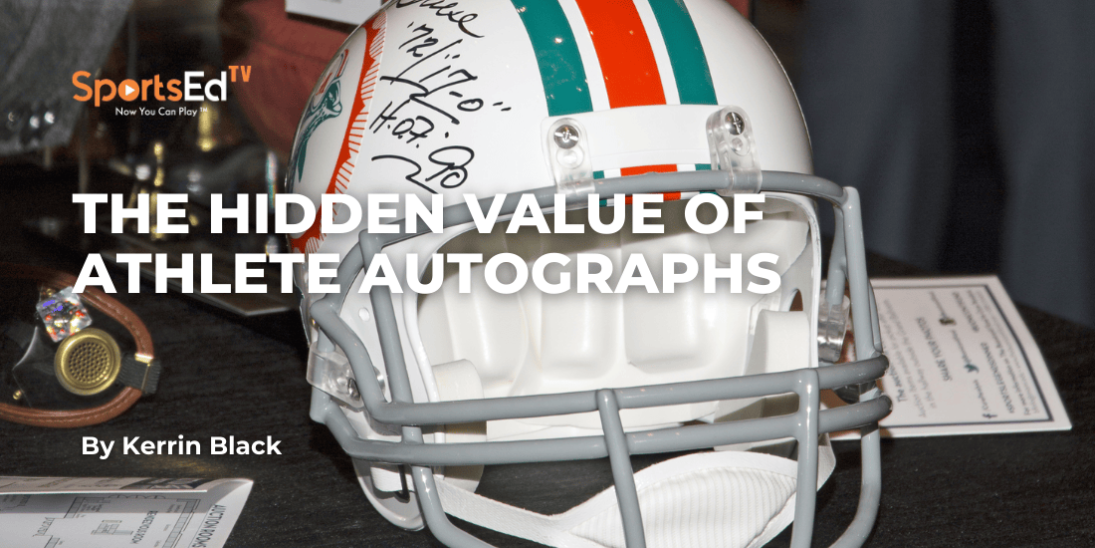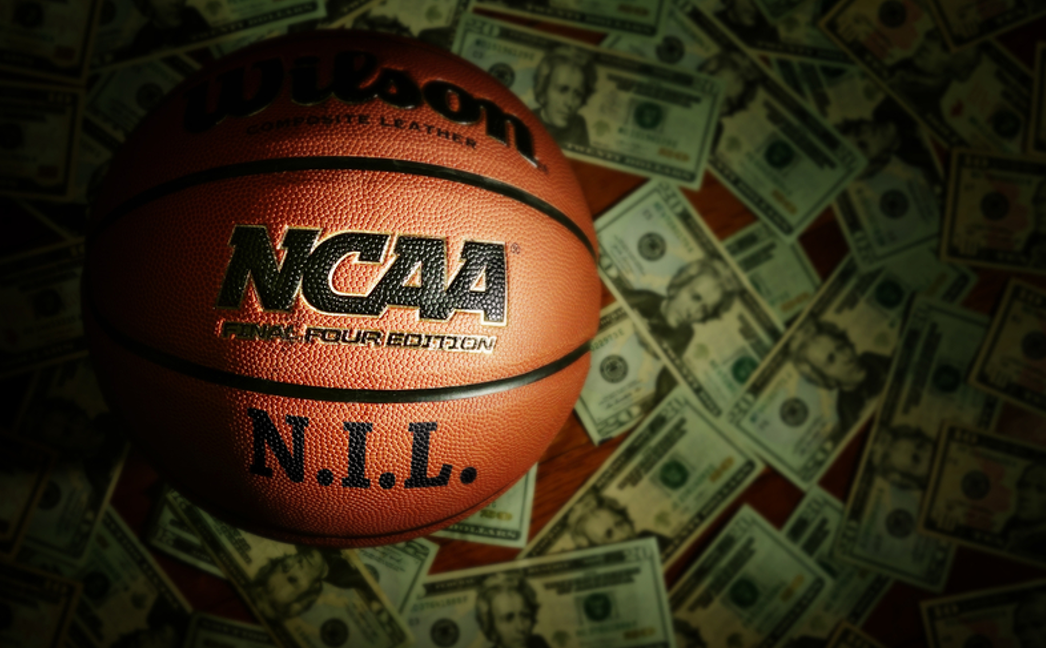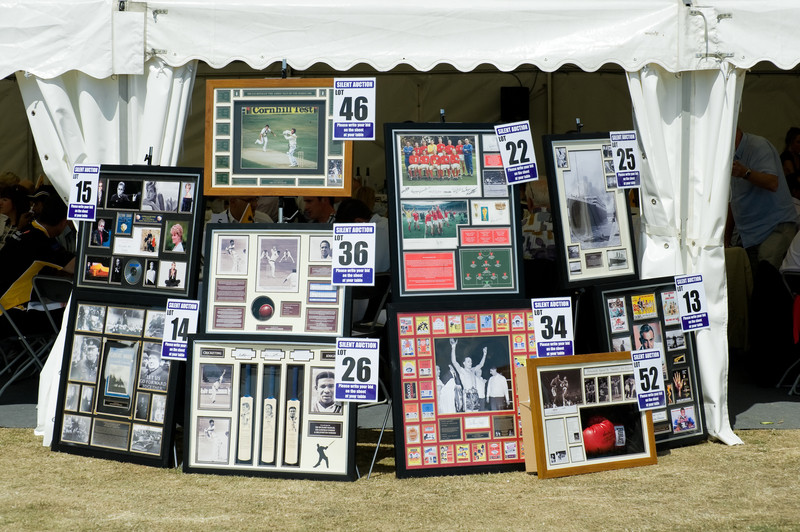Media
Welcome and thanks for visiting...

The Hidden Value of Athlete Autographs: NIL, Memorabilia, and Market Scarcity

In the world of sports, memories are currency. And today, thanks to NIL (Name, Image, and Likeness) rules, athletes are no longer leaving this valuable asset on the table.
A Changing Game: From Autographs to NIL Deals
For decades, signed memorabilia — jerseys, rackets, shoes, balls — has been a cherished part of sports culture.
Whether it's a signed football from Tom Brady or a signed racket from Roger Federer, these items capture moments of greatness and offer fans a tangible connection to their heroes.
Traditionally, the value of sports memorabilia was tied mostly to professional careers and historical achievements.
However, the introduction of NIL rights, especially in the NCAA and amateur spaces since 2021, allows athletes at all stages of their careers to monetize their signatures, images, and moments in real-time.
This has opened an entirely new revenue stream—not just for elite athletes but also for rising stars.
A Personal Example: Federer and Sampras
To understand how scarcity can drive value, I personally own a signed piece featuring both Roger Federer and Pete Sampras — two of the greatest names in tennis history.
What makes this particular piece unique is Pete Sampras’ rare willingness to sign memorabilia. Unlike many athletes today, Pete has historically been very selective about what he signs.
In fact, while Federer has participated in many official signing events, Sampras has remained more private, making dual-signed pieces like this incredibly rare and highly desirable.

This illustrates an important dynamic in the memorabilia world: scarcity and access create value.
An athlete who rarely signs — either by choice, philosophy, or privacy concerns — can inadvertently make each signature far more valuable over time.
Why Some Athletes Sign Everything — And Others Almost Nothing
There are two distinct mentalities among athletes when it comes to memorabilia:
-
Volume Signers:
Some athletes, particularly younger ones or those who understand the commercial value early on, embrace autograph sessions and memorabilia signings.
Players like Serena Williams, Steph Curry, and even young NIL athletes in college are actively partnering with companies like Fanatics to create limited editions, special releases, and authentication programs.
These athletes view their signature as a valuable brand extension. -
Selective Signers:
Other athletes — like Pete Sampras, Barry Sanders, or even Lionel Messi earlier in his career — are much more careful.
They may prefer to preserve the intimacy and meaning behind their signature, avoid overexposure, or dislike the commercialization of their image.
According to an article published in Sports Collectors Digest, limited signings often result in higher secondary market prices and greater prestige around an athlete's name.
For instance, Michael Jordan’s limited participation in public autograph events is one reason why authenticated Jordan signatures remain among the most valuable in sports.
NIL and the Explosion of a New Memorabilia Market
With NIL rights, college athletes, who once had to wait until they turned pro, can now sign memorabilia deals while still in school.
Companies like The Players Trunk, Fanatics, and Leaf Trading Cards have jumped into the space, helping athletes monetize everything from signed jerseys to customized trading cards.
According to Opendorse, a leading NIL marketplace, memorabilia deals accounted for nearly 10% of all NIL transactions in 2023 — a figure expected to rise as more athletes understand their earning potential.
This shift means that in 5–10 years, we could see signed items from college freshmen fetching serious money if they later become global stars.

Challenges and Criticism
Despite the excitement, some critics argue that the NIL-driven memorabilia market risks oversaturation.
If everyone signs everything, the value of memorabilia could decline, much like how overprinting comic books in the 1990s temporarily crashed that market.
Others worry that the spirit of sportsmanship may get lost if too much focus is placed on short-term monetization instead of long-term athletic excellence.
However, when carefully managed — with limited editions, quality authentication (like PSA/DNA or JSA), and storytelling — sports memorabilia remains an incredibly powerful and personal asset.
A Personal Touch That Endures
Whether it’s a racket signed by Federer and Sampras or a jersey signed by a rising college quarterback, memorabilia tells a story that statistics alone can’t capture.
It is not just about ink on an object — it’s about memory, meaning, and connection.
As NIL rights empower athletes to own and monetize their narratives earlier than ever before, we are witnessing not just a shift in economics but a transformation in how sports history is captured and preserved.
And for collectors?
It’s an exciting, evolving world where the right piece, like my rare Federer-Sampras, will only grow more precious over time.
Quick References:









